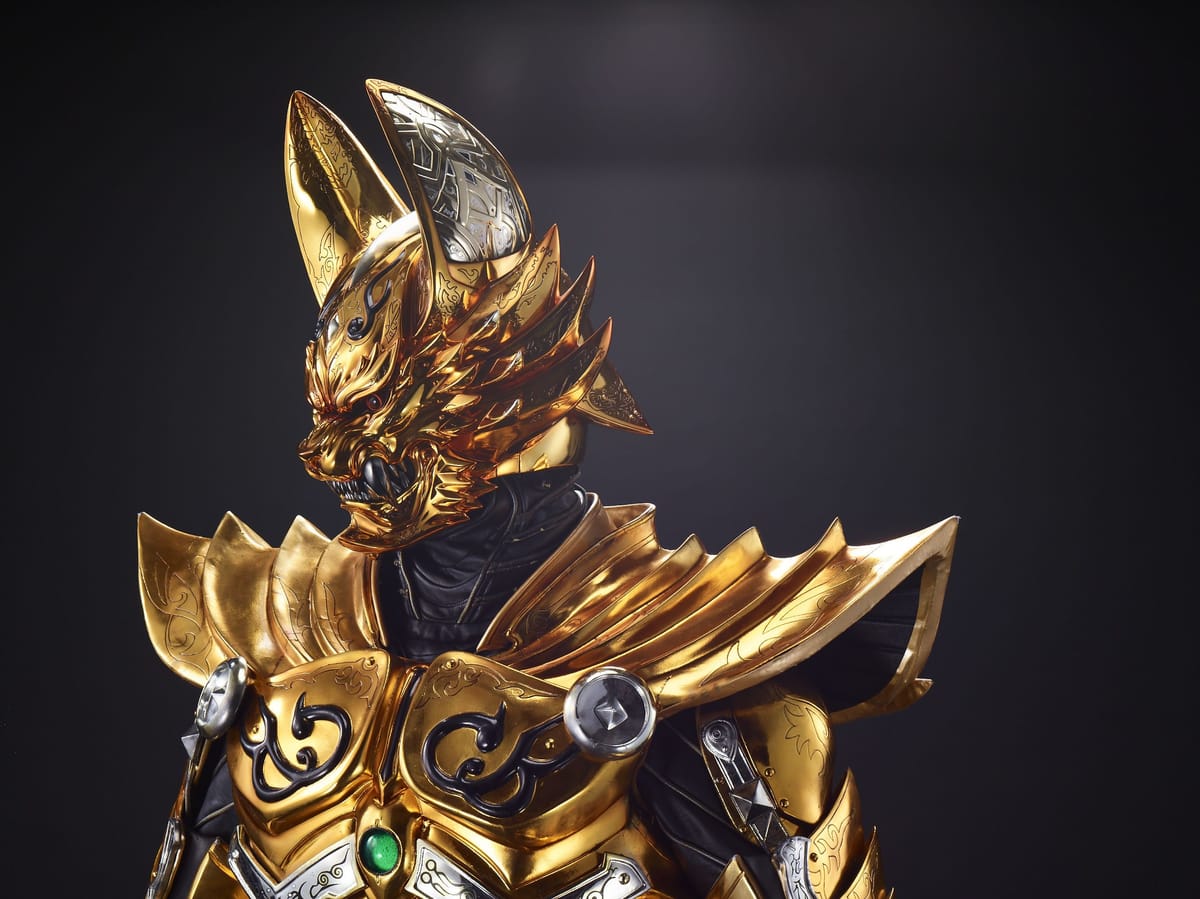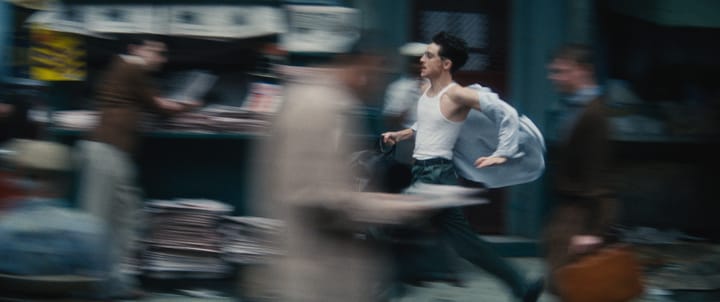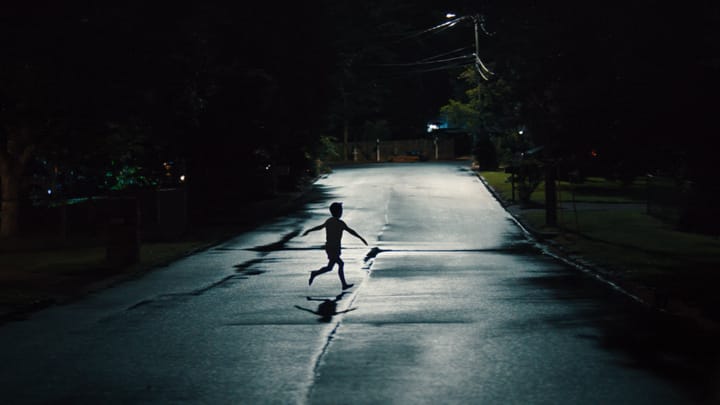Fantasia 2025: Garo: Taiga - The Return of the King

Tokusatsu as a genre feels like the last bastion of creative cinematic irreverence, a space where the rules can constantly be reinvented, where franchises are little more than loose guidelines to make weird, wacky chaos. Few filmmakers exemplify this guerilla approach like Keita Amemiya, whose prolific career in the tokustatsu space is filled with some of the greatest entries in the genre. A director who has always worn his influences with pride, his debut film Cyber Ninja is a dreamy, delirious send-up of Star Wars, Predator, and Commando, a shoestring budget stretched onto a splatter of cyber-feudalism, wooden machines and galactic samurai making a bold statement for the first time director. His work only gets better with his '90s output, with films like Zëiram cementing a love for practical madness, taking the DNA of a host of grotesque creature features and ripping them to shreds with a shapeshifting monster who belongs in the cinematic hall of fame. His entries into the Kamen Rider franchise, ZO and J, are two of the greatest tokusatsu one shots ever produced, visual effects masterpieces flooded with next level design work. Mechanical Violator Hakaider, a flip on the popular Kikaider toku and manga series, is gothic cyberpunk glory, a feverish mashup of influence from Terminator, RoboCop, and Judge Dredd that collides in a roaring metallic grindhouse vision of a false cyber utopia.
Amemiya's GARO project has now been running 20 years, following his towering '90s output, and his latest entry Taiga is so immediately ingrained in his visual space that it conjures that same electrical excitement of watching his best. Like many of the greatest toku films, Taiga maintains the energy that the wider lore is little more than elaborate set dressing, creating a film that feels comfortably standalone despite being a critical timeline prequel to a long running franchise. Loosely, the film follows the progenitor of the Golden Knight Garo line, recalling his first adventures as the toku hero and his childhood spent training. Taiga is tasked with recovering and protecting the four elemental guardian spirits and fending off the Horror Jado, which is about as much as any prospective viewer needs to know to dive into this latest entry in the franchise.
Amemiya does what he does best here by hitting the ground running, opening with a high octane action sequence where Taiga hunts down a rogue Horror (the Garo franchise's catch-all word for the extradimensional demons who have infiltrated Earth). While Amemiya's films began to rely increasingly more on the glossy, messy sheen of CGI following the turn of the century, it's immediately clear that he has returned to a more familiar and practical approach, the kind of costumed mania that shines through the greatest periods of tokusatsu and kaiju cinema (the same applies to the recent swath of franchise reboots, where the practical madness of something like Shin Kamen Rider makes for unforgettable legacy entries).
The action, neon lights, and flashy swordplay maintain the electrifying energy of ZO or Hakaider, only with a brighter and more youthful energy to them. Amemiya may have left behind the brutal, dark energy of his grimy '90s work in favor of something more Super Sentai adjacent but when Taiga's sword burns with verdant flame and the elaborate lupine suit of Golden Knight Garo constructs itself around him, the joy is palpable. As the film spins up into a rambunctious adventure flooded with guardian spirits and Taiga's past, it's often a mixed bag of low stakes narrative and kinetic, flashy action sequences, never reaching the thematic aspirations of Hakaider's cyberpunk attack on fanatical religious fascism and liberation through free will – but it's a delight to see a master of the genre flexing his filmmaking muscles on something so purely focused on genre spectacle. The nonstop adrenaline rush of it all leads into a series of dazzling animatics intercut between the action sequences, recalling visions of Amemiya's unrealized G-9 project, inky watercolors presenting visual madness to exemplify and bolster the practical action underneath. The tokusatsu renaissance continues to flourish.





Comments ()